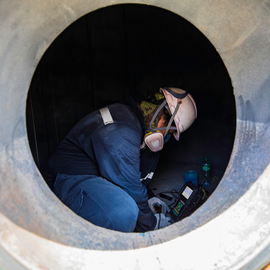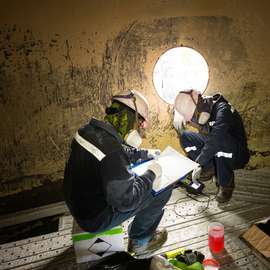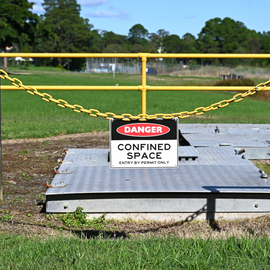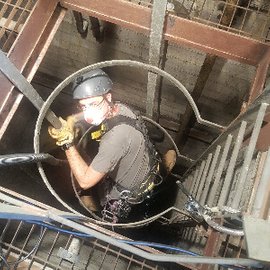Permit-to-Work System:
In confined space environments, a permit-to-work system is often required. This system ensures that all necessary safety measures have been taken before commencing work.
It includes a formal authorization process, hazard identification, emergency procedures, and communication protocols. Rope access technicians and other personnel involved must adhere to the permit's guidelines and continuously monitor the work environment for changes that may impact safety.
Ventilation and Air Monitoring:
Adequate ventilation is critical in confined spaces to maintain a safe atmosphere for workers. Rope access technicians should ensure proper ventilation systems are in place before entering the confined space.
Additionally, air monitoring equipment must be used to continuously assess the atmosphere for potential hazards, such as toxic gases or oxygen deficiency. Monitoring results should be regularly communicated to all personnel on-site.












